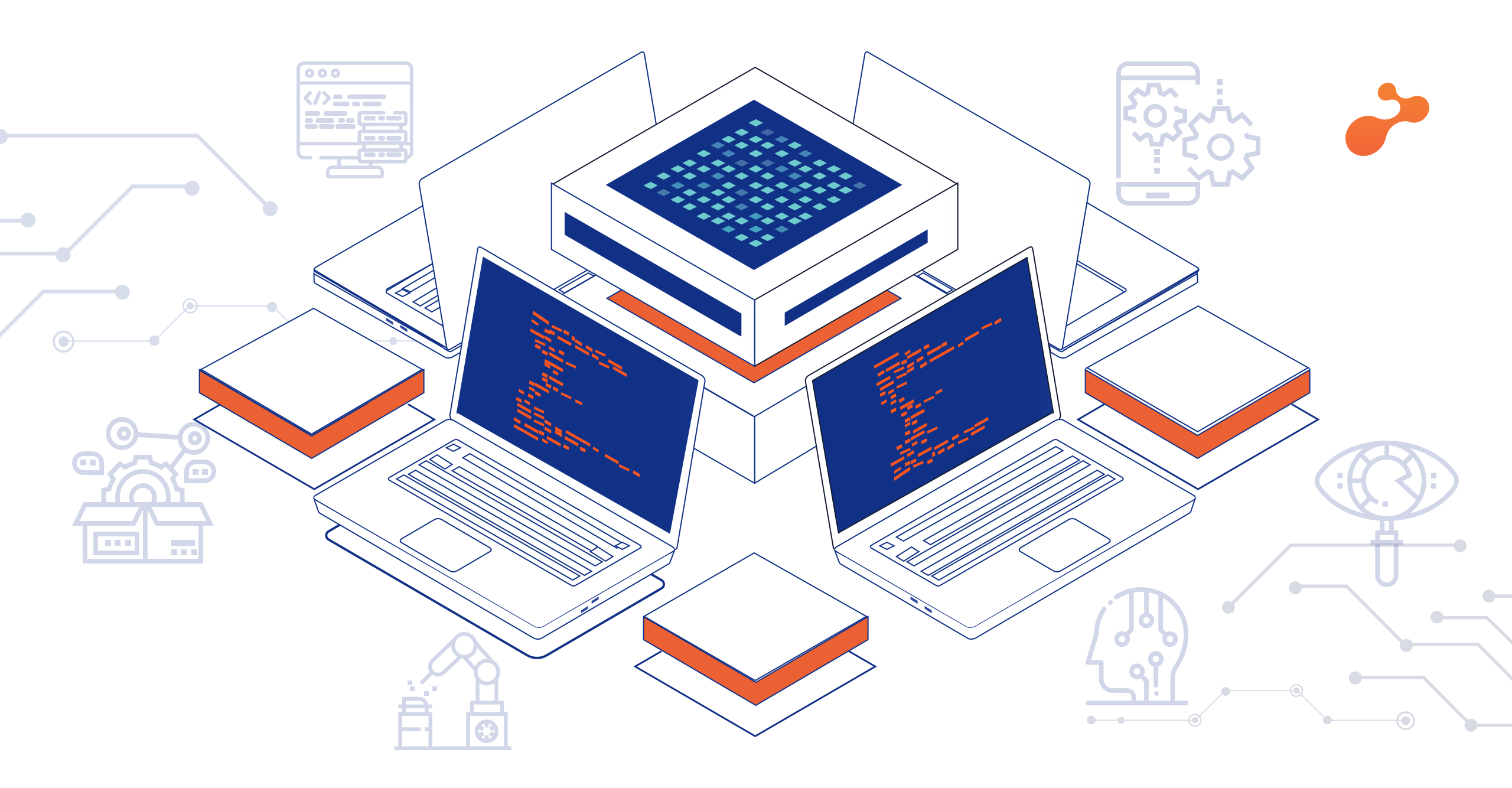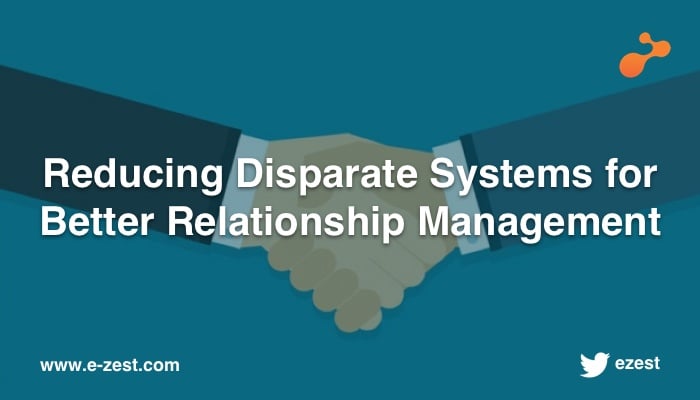Content creation has always been of the touchier subjects for organizations that are flexing up to enter into an endeavor of training themselves. What is the best approach to do it? Numerous papers, articles, thought-leadership-content and other attractive sounding content has been created on the art of creating content. The mild circularity of the statement aside, the arguments are far from being decisive. The age-group, cultural preferences, skill-levels, target purpose are various parameters that are weighed, rationed and endlessly debated about before not arriving to any concrete conclusion.
The best of Instruction Designers of course know how to tailor their courses well enough to optimally fit over the largest group that you would want to train. But even that best case scenario is tough to achieve. With the growth of skill mobility, you have all the aforementioned variables fluidly change within a single learning group. The result? For one training session on say, the HR policy of the organization, even if you restrict the participants to interaction designers only, you may still have multiple age-groups, radically different cultural preferences and different specialties. The result? If your training speaks about the life insurance perks but not the attractive restaurant coupons, the younger age-group may mysteriously fall sick for the next few sessions. It is in fact a headache to create content that fits well with everyone and achieves the elusive purpose of disseminating knowledge.
This is where a new trend in e-Learning may be stepping up to address these cons. The concept of algorithmic content creation says that a program can process the raw content (HR policy PDFs in this case) and prepare e-Learning content that is ready to be consumed by the unsuspecting trainees.
Why might it be a good idea?
- Rework all you can! Well not all you can perhaps. But a program can be definitely adjusted to generate different content if the one it spouted out didn’t do the job. Doing the same exercise with an Instructional Designer may end up overshooting the budget and draining the instructor who could be put to better use (more on this in the coming points).
- Faster and nimbler. Algorithmic content creation doesn’t just mean that you can rework on the content. It also means that the content itself becomes more adaptable. A good piece of software can generate content faster which would accelerate the approval process, now that management knows it is not haplessly stuck to the content forever. This further means that learner feedback can be more easily incorporated and that results in more refined learning over time. This sort of mutating learning content may lead the new bandwagon of e-Learning as opposed to one grand static course that must run on for years.
- Better feedback and engagement. Learning content that has been machine created can become as dynamic and engaging as you want it to become. You could completely gamify the experience too and see the results for yourself. However, a traditionally created learning object cannot have a high degree of interaction unless the designer is going to do that right at the start. And it is never a good idea to tamper with the ID’s job especially when it is already hard.
- Variable learning curve. The software that creates content can also create different versions for different skill-levels. A LMS that is adept enough can plug all these versions to create more seamlessness in the learning. A beginner can jump to the expert modules based on three or four assignment responses and the expert can be switched similarly if he or she fails to ace the tests.
The benefits do show that algorithmic content creation can be a good point of investment for organizations. The next blog is going to explore how exactly firms can step into this new world and where they can channelize its benefits.

.jpg)





